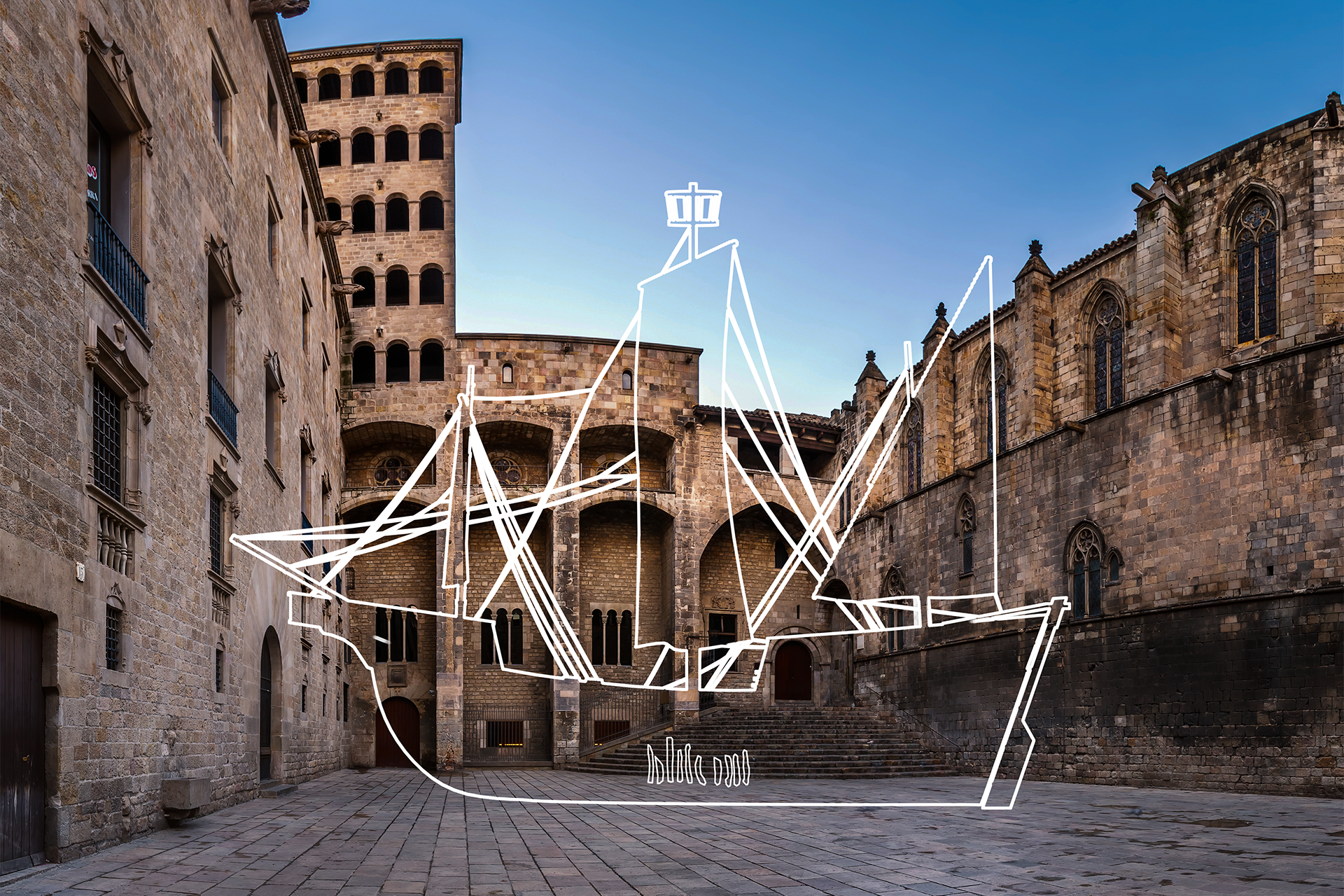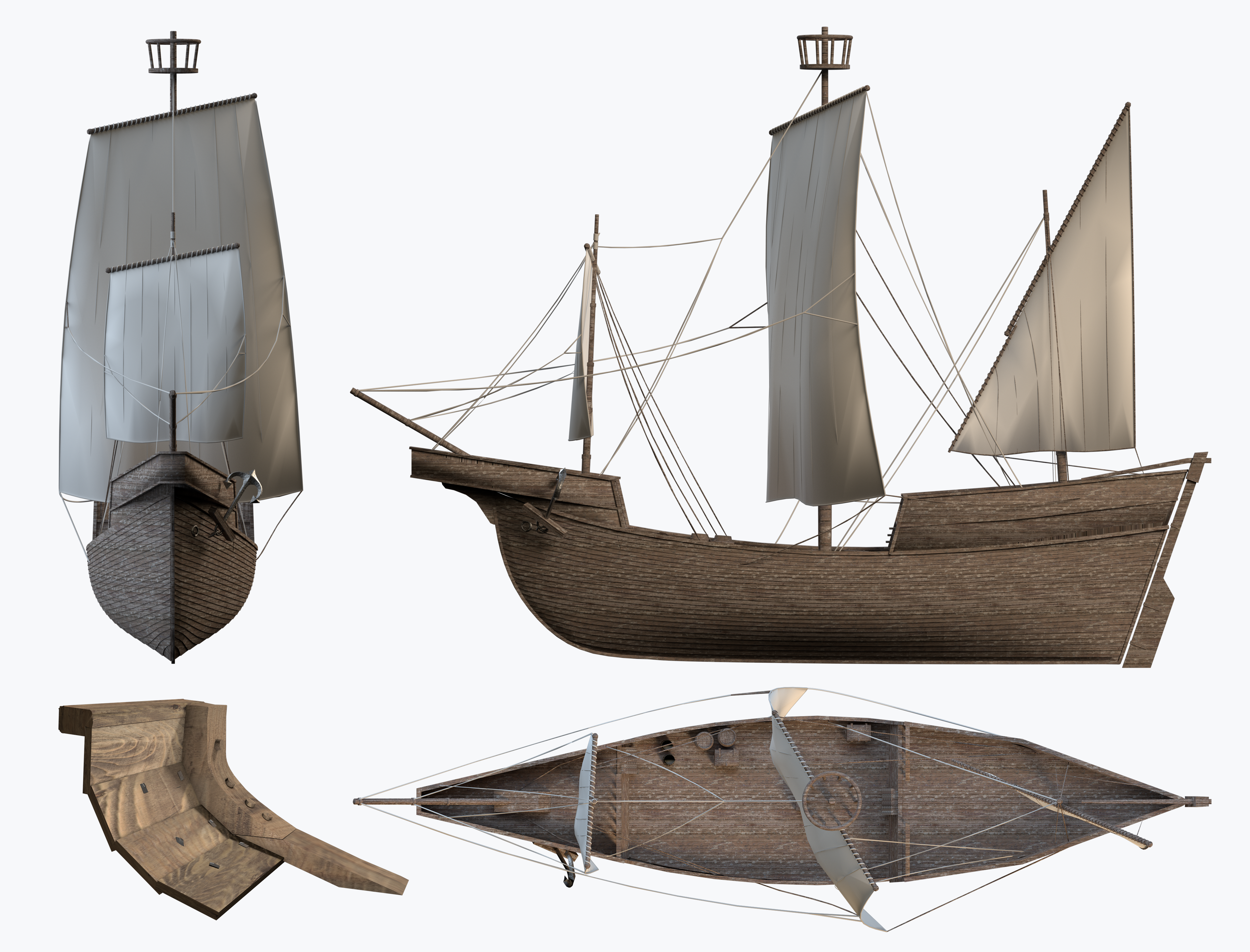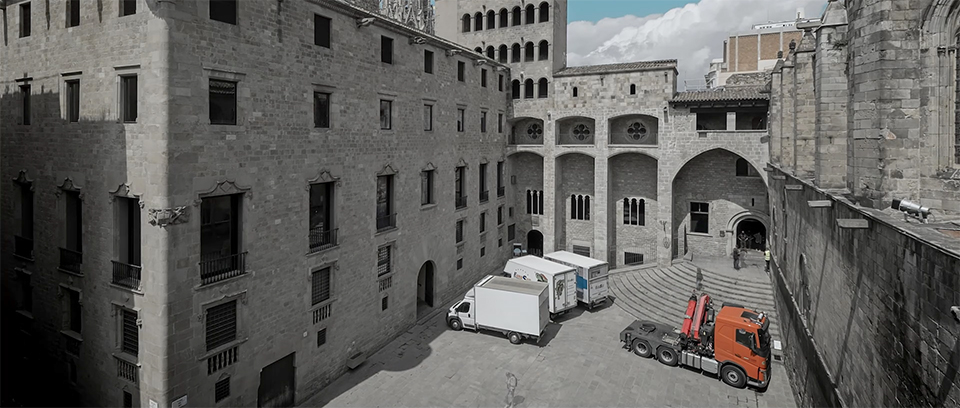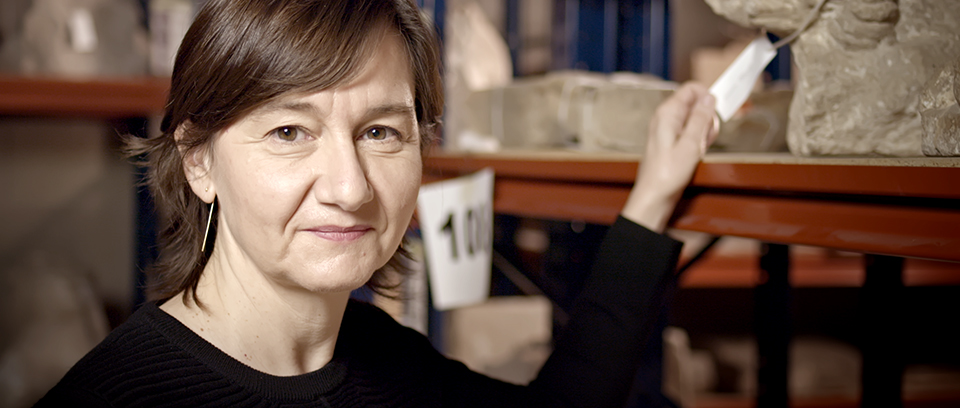The (de)construction of a ship
The Barceloneta I, a 3D clinker
The archaeologists that dug out the ship named it the Barceloneta I after its location, between the França railway station and the Barceloneta district.
Importance
Unique in the Mediterranean and representative of the economic dynamism of Barcelona in the 15th-16th century.
Date
The carbon-14 analysis dates the building of the vessel around 1410. At that time, this type of sea vessel had an expected service life of 10 to 15 years. The conserved part of the vessel dates from 1439, which coincides with the work carried out on the first breakwater of the artificial port.
Building technique
The technique used to build the clinker does not pertain to the typical Mediterranean sailing vessel. The lapstrake and clinker building technique typical of the Atlantic area from the Cantabrian Sea to the Baltic Sea was used.
Origin
The presence of pollen of vegetable species specific to a Cantabrian or mild Atlantic setting, and the comparison of the vessel with similar ones, the existing historiography and archive documentation prompted the hypothesis of a possible Basque origin.
Type
Medium-large merchant vessel with a major cargo capacity. Everything points to a Basque “barxa” steered by a single rudder with one square-shaped sail deployed on the mainmast. The vessel probably had another two masts, a foremast, close to the bow, and a mizzen mass astern with a lateen sail.
Size
About 30 metres long with a beam (maximum width) of some 9 metres. Cargo capacity between 150 and 300 “botes” (between 62 and 124 tons). The “bota” was the unit of measurement used in the Middle Ages to calculate a vessel’s capacity. In Barcelona, this was equivalent to 10 quintars, or 416 kg.
Crew
35 sailors
“Derelicte”
A vessel that has become an archaeological object. The Barceloneta I was found at the foot of the South bastion under Barcelona’s first breakwater.
Hypothesis
In 1420 and 1426, respectively, the diary of the Council of One Hundred contains two relevant news items about the heavy squalls that had hit the city’s beach. Both items report that the vessels involved were “Castilian” boats or clinkers that had “run aground”. These traits match those of a beached vessel that was in the throes of being scrapped after the waves had dragged it to the place where it was found. This is further borne out by the tell-tale signs denoting that the Barceloneta I had been taken apart and looted.
Parts of the ship
The actual size







